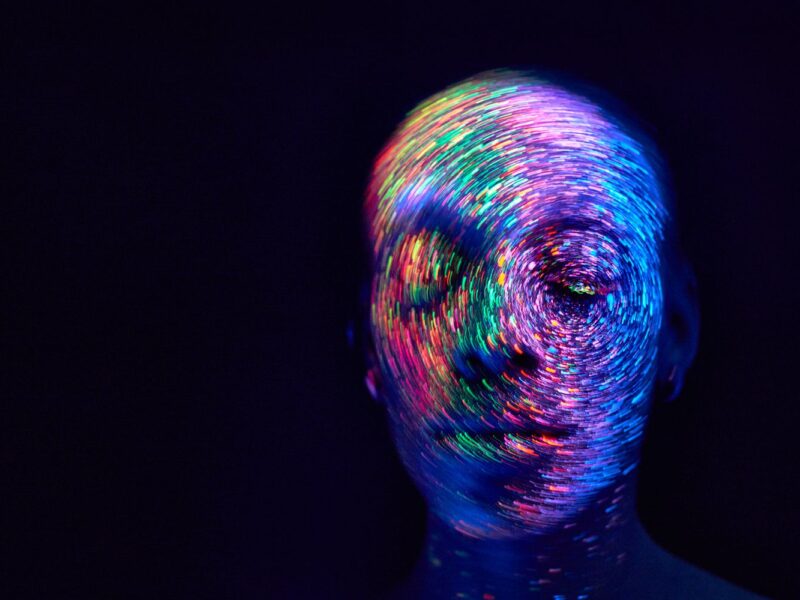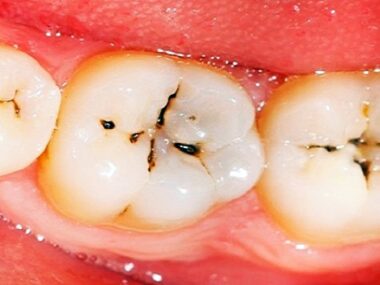Hallucinations, defined as perceptual experiences that occur without external stimuli, can manifest in various forms and are often associated with psychiatric disorders, neurological conditions, and substance use.
However, understanding the different types of hallucinations is essential for clinicians, researchers, and individuals affected by these phenomena. This essay explores the diverse types of hallucinations, including auditory, visual, tactile, olfactory, and gustatory hallucinations, delving into their unique characteristics and prevalence in various populations.

Types of Hallucinations
Auditory Hallucinations
- Auditory hallucinations involve hearing sounds, voices, or noises not present in the external environment.
- Characteristics: Auditory hallucinations may range from simple sounds or noises to complex voices speaking directly to the individual.
- Prevalence: Auditory hallucinations are most commonly associated with psychiatric disorders such as schizophrenia, but they can also occur in other conditions such as bipolar disorder, depression, and substance use disorders.
Visual Hallucinations
- Visual hallucinations involve perceiving images, objects, or scenes that are not present.
- Characteristics: Visual hallucinations can vary in complexity, ranging from simple geometric shapes or patterns to elaborate scenes or figures.
- Prevalence: Visual hallucinations are commonly associated with neurological conditions such as Parkinson’s disease, Lewy body dementia, and Charles Bonnet syndrome, but they can also occur in psychiatric disorders and as side effects of medications.
Tactile Hallucinations
- Tactile hallucinations involve experiencing sensations of touch or physical contact without any external stimuli.
- Characteristics: Tactile hallucinations may include feelings of tingling, crawling, itching, burning, or pressure on the skin.
- Prevalence: Tactile hallucinations are less common than auditory or visual hallucinations and are often associated with conditions such as substance withdrawal, delirium, or sensory neuropathies.
Olfactory Hallucinations:
- Olfactory hallucinations involve perceiving smells or odours not present in the environment.
- Characteristics: Olfactory hallucinations may involve pleasant or unpleasant smells, which can be fleeting or persistent.
- Prevalence: Olfactory hallucinations are relatively rare and can occur in neurological conditions such as temporal lobe epilepsy, migraines, or neurodegenerative disorders.
Gustatory Hallucinations
- Gustatory hallucinations involve experiencing tastes or tumour flavours in the absence of any external stimuli.
- Characteristics: Gustatory hallucinations may involve tasting foods or substances that are familiar or unfamiliar, sweet, sour, bitter, or metallic.
- Prevalence: Gustatory hallucinations are uncommon and are often associated with neurological conditions such as epilepsy, brain tumours, or strokes, as well as psychiatric disorders such as schizophrenia.
Conclusion:
Hallucinations encompass a wide range of perceptual experiences, each with its unique characteristics and prevalence in different populations. Understanding the diverse types of hallucinations is essential for clinicians, researchers, and individuals affected by these phenomena, as it can inform diagnosis, treatment, and support strategies.
Further research is needed to elucidate the underlying mechanisms and risk factors associated with different types of hallucinations, as well as to develop more effective interventions for individuals experiencing these challenging symptoms.










